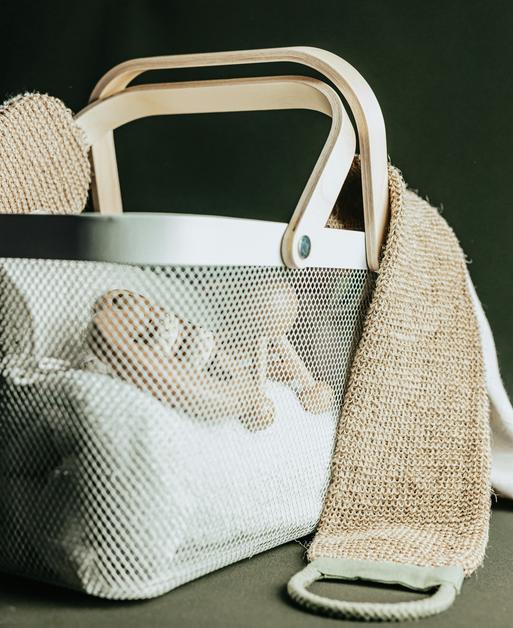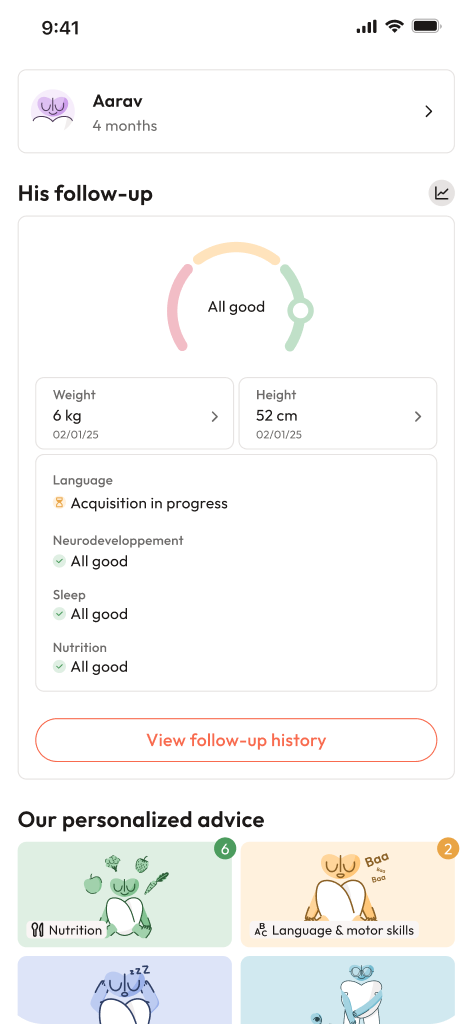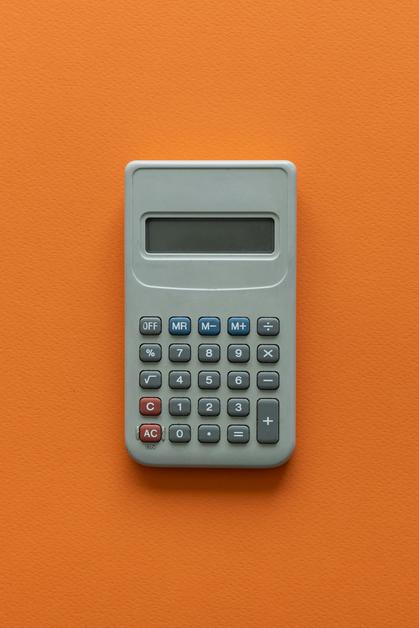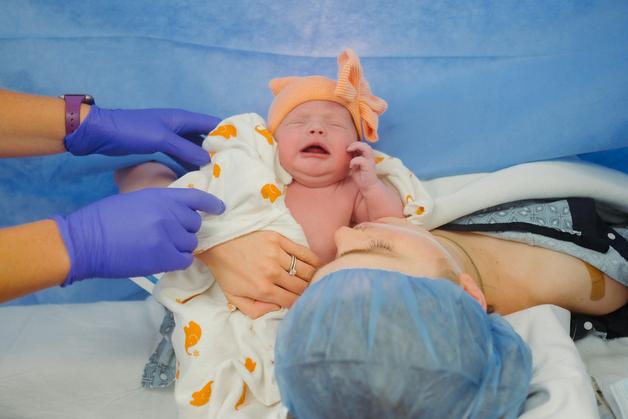Anticipation, a leap of the heart—then the flood of questions: Have I packed enough? Is anything forgotten? Amid the swirl of excitement and apprehensions, the hospital bag checklist often becomes both anchor and life raft. Parents have plenty on their plate—juggling last-minute appointments, tracking fetal kicks, navigating unpredictable moods (not only their own!). Concerns range from forgetting sterile baby wipes to wondering if nursing bras chafe after a C-section. The hospital bag checklist emerges as this simple but mighty tool—helping shift focus away from stress and onto that first, magical skin-to-skin touch with a new arrival.
Here, discover a holistic approach: strategies for choosing and organizing each bag, balancing science-backed essentials and family comforts, practical medical reminders, tailored lists for special scenarios like VBAC or multiples, and neat hacks for outsmarting those notorious “Did I pack…?” moments. Wonder what happens if your baby needs the NICU? Is a birth plan really that important to print? How does climate—scorching or chilly—change priorities? Let’s break it down for you, step by step, cutting through confusion and helping you find reassurance in the checklist’s structure.
When to Start and Where to Keep Your Hospital Bag
Decisions, decisions—commence packing at seven months, or risk that last-minute hospital dash? Most parents find a sweet spot between 32 and 36 weeks for sorting out non-urgent supplies. However, experience and studies suggest that families facing higher risks (multiples, prior preterm birth, hypertension, long travel distances) should tick off their hospital bag checklist even earlier. Scheduled induction or C-section? Lock in your bags at least a week before.
Rather than a bulky suitcase in the hallway, adopt a two-bag approach:
- A compact grab-bag—think phone chargers, birth plan, snacks, insurance documents—for the labor room.
- A larger suitcase, parked near the door, holding postnatal outfits and recovery supplies.
Pop your documents in a waterproof folder with emergency contacts, and mirror your hospital bag checklist on your phone for quick access. If the hospital’s a drive (or city traffic always unpredictable), consider an extra overnight kit for your partner—plus layered clothing for late-night admissions.
Selecting the Right Bags and Keeping Order: Bags, Pouches, Puzzles
The right bag isn’t about elegance—it’s about ergonomic magic and navigating clinical hallways without a fuss. Many prefer a rolling suitcase (for heavier items), but duffel bags or large totes offer quick access. Backpacks liberate your hands if handling car seats or eager siblings. Still torn? Diaper bags equipped with specialized newborn pouches carry baby items neatly now and later.
Organization morphs from luxury to necessity. Labeled pouches—one for baby, another for tech, a third for postpartum care—save precious minutes. Use color-coded packing cubes and waterproof zip bags for items prone to leaks (toothpaste, sanitizer). Tip: Place your hospital bag checklist right on top of the main bag for instant reference, and attach your phone number label to every bag in case hurried helpers start shifting luggage between rooms.
Mandatory Documents and Practical Essentials
Medical teams move efficiently—but only if your paperwork isn’t slowing them down at the desk.
Essentials every hospital bag checklist demands:
- Photo ID and health insurance card
- Printed hospital pre-registration forms and any signed consents
- Birth plan (medical staff appreciate concise versions—they get read)
- Contact details for your pediatrician and specialists
- Medication and allergy lists with doses, up-to-date prenatal summaries
What separates the serene from the frazzled? The little things:
- Small cash/coins for parking and vending machines
- Advanced long phone charger and power bank (outlets could be few and far)
- Compact notepad and pen
- Favorite snacks (energy bars, nuts, dry fruits)
- Preferred toiletries (hospitals may stock basics, but a familiar soap can calm nerves)
- Recall: hospitals almost universally require a properly installed car seat for discharge—snap a photo once you’ve secured it.
Medical nuance, rarely discussed: bring previous operative notes if you’ve had a C-section. The documentation can streamline specialist handover and inform anaesthesia or postnatal protocols.
Comfort for Mum During Labor
Layer upon layer—literally. Loose, cotton-based outfits adapt to temperature swings and postpartum sensitivity. An oversized T-shirt, a robe (modesty matters during corridor strolls or sudden visitors), non-slip socks, and slippers build both physical ease and emotional reassurance. If breastfeeding, opt for a supportive, non-binding nursing bra and extra breast pads—chaffing and leakage rarely check calendars.
The science of comfort is underestimated: bring headphones, calming playlists, even a favorite eye mask. Portable heat or cold packs have proven utility for musculoskeletal discomfort, and massagers or birthing ball covers (if the unit supplies the ball) empower self-soothing. Always check if your facility allows devices like a TENS unit for pain relief.
For C-section recovery, high-waisted undergarments or gentle low-rise designs keep the incision site undisturbed—a detail soft on the body, yet significant for postoperative healing.
Essentials for Delivery and Immediate Postpartum
The big moment. Skin-to-skin, monitored feeds, discharge planning. How does the hospital bag checklist morph during this phase? Build a nest of comfort and practicality:
- Nursing-ready outfit (easy-open front)
- Disposable or sturdy reusable underwear
- Heavy-flow maternity pads (certain mothers prefer their brand’s chemistry)
- Peri bottle for gentle perineal hygiene
- Baby essentials: a soft hat, swaddle, weatherwise going-home clothes in two sizes (NB and 0–3 months)
- Car seat ready to go
Most hospitals supply newborn blankets, wipes, and diapers—yet preferences do differ, so one short call with the maternity staff can cut your packing in half.
Post-birth: lean into high-waisted leggings or loose trousers, mesh underwear, perineal ice or witch hazel pads, and a small, supportive pillow for moving or car rides. Don’t forget a stool softener if previously advised for pain-free first postpartum motions—a frequent, unspoken concern.
Keep a mini self-care kit within arm’s reach: lactation support phone numbers, relaxation app, and a gentle, soothing cream for nipples (lanolin or pharmacy alternatives are equally effective).
What Baby Needs From Birth to Discharge
The world outside the womb is chilly and bright. The hospital bag checklist for baby covers:
- 2–3 soft onesies or kimono-style wrap tops (uncomplicated for newborns still adapting to gentle handling)
- 2 sleepers for layering
- A couple of hats and socks
- Oeko-Tex or equivalent certified, prewashed cotton fabrics—minimizing any risk of neonatal skin irritation
- Diaper supplies and, if formula-feeding, doublecheck if your brand is permitted—hospitals often provide formula, but policy varies
- Car seat, meticulously installed in advance
One underrated addition: a gentle emery board. Rather than trimming tiny fingernails with clippers, smoothing out edges prevents accidental scratches without the anxiety.
Pediatricians also recommend bringing a direct contact card to streamline first visits or clarify discharge vaccination protocols if you’re switching clinics post-delivery.
Partner or Support Person: Their Own Essentials
Birth is a marathon. Support persons need stamina, patience—and their own thoughtfully-prepared hospital bag checklist:
- Change of clothes, basic toiletries
- Snacks, reusable water bottle, and pillow/blanket for naps
- Long charger, phone, small cash
- Comfy shoes and spare socks (hospital floors chill fast at dawn)
- A plan for sibling care and printed copy of the birth plan
A quick list of calls-to-make keeps everyone aligned if there’s sibling care or work inform updates. Print hospital directions and parking info (navigation often falters under real-life stress).
Gadgets, Chargers, and Organisation
The digital age doesn’t pause for birth. Your hospital bag checklist should include:
- Phone, long cord charger, and a robust power bank
- Earbuds for music/calls
- Tablet or book for downtime
- Camera and storage card (optional but often treasured)
- Extension cord—plug points rarely cater for multiple devices clustered around a hospital bed
Add an insulated snack bag, zipped pouches for soiled clothes, a portable first-aid kit (eyedrops, plasters, mild paracetamol), and a laundry bag for used garments.
Specific Scenarios: C-Section, VBAC, Multiples, Special Baby Needs
After a Cesarean Section
Minimise irritation of the incision site with high-waisted, loose trousers and a soft abdominal binder if prescribed. Button-front tops facilitate breastfeeding without awkward stretching. Always bring printed copies of your pain management strategies, wound care instructions (your surgeon should provide a written version), and discuss with nursing staff any concerns around blood clot prevention or early mobilisation.
VBAC or High-Risk Pregnancy
Keep C-section records, succinct birth plans, extra medical summaries, plus enhanced comfort strategies. Prolonged labors require more hydration, energy-rich snacks, and maybe entertainment tools for distraction. If a longer stay is likely (for example, with hypertension or twins), overpack with extra clothes and confirm who steps into home care duties if plans change.
NICU or Special Needs
A specialized hospital bag checklist saves time and emotional bandwidth:
- Personal pump and parts; verify hospital’s pump availability
- Contacts for neonatology and maternal-fetal medicine teams
- NICU-specific notebook for tracking updates, medicine changes, and milestones
- Family photos or small comfort objects (pending NICU approval)
Climate, Travel, and International Touchpoints
What about monsoon chill or peak summer heat? The hospital bag checklist flexes:
- For winter: dense layering for baby, hat, and extra blanket (but never under car seat straps)
- For summer: breathable muslin cladding, sun hat, hydration-ready bottle, and portable shading aids
International stop? Bring passports, global insurance papers, voltage adapters for chargers, and translated prenatal records as needed. Confirm each hospital’s rules regarding registration and discharge well before labor starts.
Packing Without Blunders: Common Pitfalls and Clever Fixes
The seasoned parent will nod knowingly—yes, people routinely overpack. Hospitals often provide more than expected, so call ahead. Common forgotten gems: long phone chargers, an installed car seat, key documents. Resist the urge to load up on extra paperwork; focus on your concise hospital bag checklist.
Practical trick? Do a test run—pack, lift, and carry your full bag to the car (or doorway). The clunky, forgettable items make themselves known quickly.
Key Takeaways
- Packing begins early—by seventh month, ideally finishing by 36 weeks, with flexibility for higher-risk parents.
- Two-bag strategy: a grab-bag for labour and a larger main suitcase streamlines movement and comfort.
- The hospital bag checklist hinges on vital documents, phone chargers, pre-installed car seat, layered comfort clothing for mum, and tailored gear for baby.
- Hospitals provide numerous postpartum and newborn items—calling ahead minimises overpacking.
- For C-section, VBAC, or NICU, adapt with targeted medical records and comfort tools.
- Insights, evidence, and real-life adjustments are your best guides; professional advice trumps any static checklist.
- For ongoing support, download the Heloa app to access tailored health advice, digital hospital bag checklist, and free child health questionnaires.
Questions Parents Ask
What should I pack if I’ll be giving birth in the UK?
Maternity units across the UK (NHS trusts) often supply basics such as pads and some nappies, yet local policies differ—always clarify beforehand. Bring:
- Maternity notes, photo ID, official paperwork, and insurance/entitlements cards.
- Comfortable, easy-front-opening nightshirt or top for post-birth skin-to-skin and baby feeding.
- Basic toiletries (toothbrush, lip balm), slippers or non-slip socks, and a hospital-suitable robe.
- Preferred feeding items if needed, including formula.
- Car seat ready for safe discharge.
Parking and overnight support arrangements require advance discussion—long transfer times or hospital policies vary widely.
Can I have a one-page printable checklist — what are the absolute essentials?
Absolutely! A minimalist hospital bag checklist sharpens focus under time crunch:
- Documents: photo ID, maternity notes, insurance/registration, top emergency contacts.
- Tech: phone, earbuds, long charger, power bank.
- Mum: lightweight, front-opening outfit, nursing bra, mesh underwear, maternity pads, socks/slippers, lip balm, toothbrush.
- Baby: car seat, going-home clothing with backup, soft hat, swaddle.
- Labour pouch: compact snacks, water bottle, lip balm, soothing playlist, printed birth preferences.
- Partner: change of clothes, snack, phone and charger.
Pin the list in your bag’s exterior pocket or keep it on your mobile home screen.
What extra items should I pack if there’s a chance of early admission or a NICU stay?
NICU or anticipated preterm stays? Expand your hospital bag checklist:
- Breast pump and sterile storage bags (or check if the hospital lends pumps).
- Spare phone charger, added clothing layers, multiple outfit changes.
- Notebook and pen for noting rounds, medication adjustments, and daily questions.
- List of key neonatal and maternal-fetal medicine consultants; map out hospital lodging or parking for extended stays.
- Family comfort for support persons (small travel pillow, snacks), sentimental bedside items for baby (within unit guidelines).
These steps buffer against uncertainty, easing transitions and letting both you and your newborn settle into care with peace of mind.
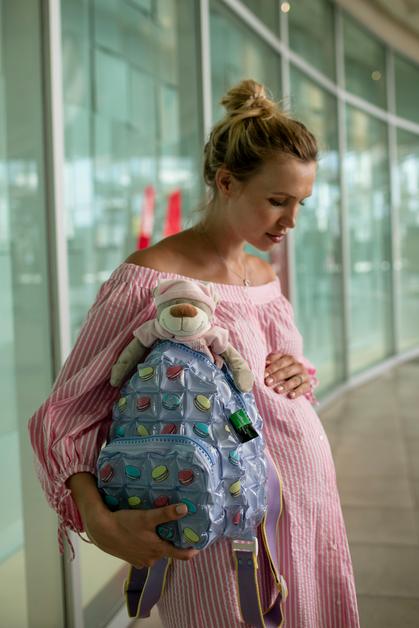
Further reading :

